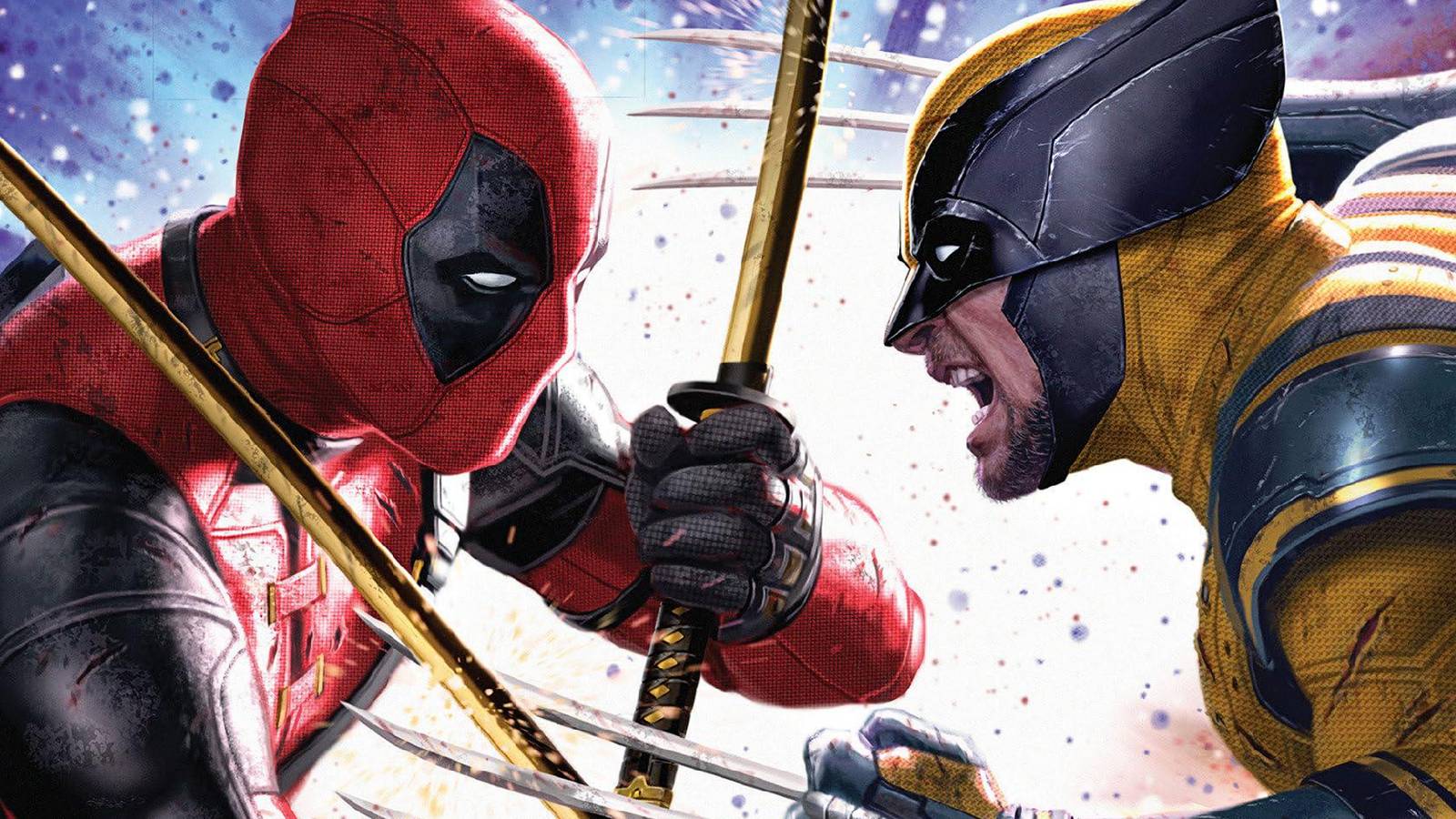Many of the Marvel characters known today as heroes made their comic book debut as villains. Every time a new character is introduced, it’s impossible to predict which direction their journey will take. For every clear-cut hero like Spider-Man or clear-cut villain like Doctor Doom, there are countless other characters who may end up switching sides.
Several villains with a long criminal history and twisted morals have dipped their toes in heroism. Famous antagonists like Juggernaut and Red Hulk have redeemed themselves and joined superhero teams to make up for their checkered past. However, they have a long way to go until they’re recognized as full-fledged heroes just like some of Marvel’s biggest icons.
Moon Knight
Werewolf by Night #32 (1975)
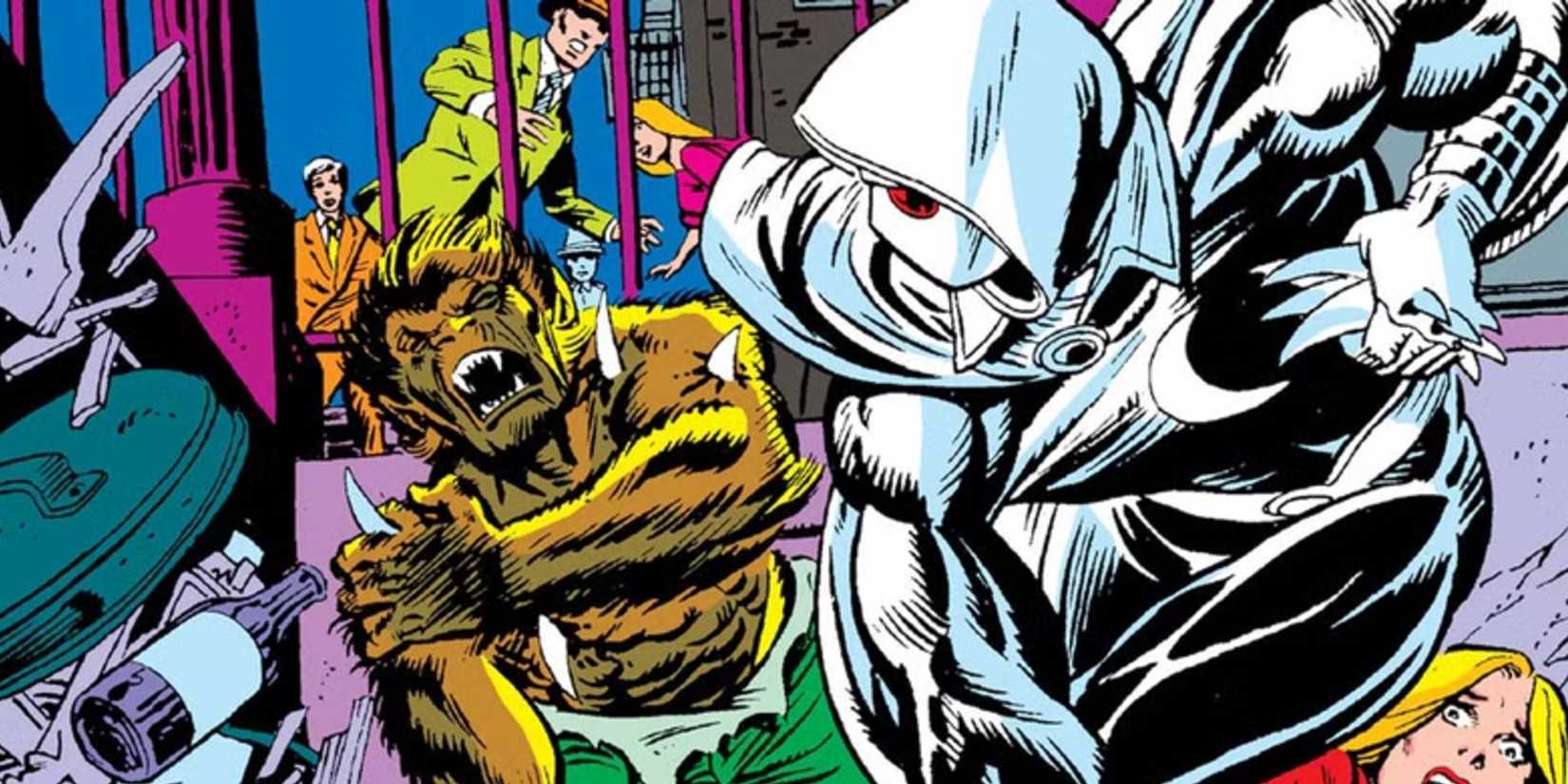
Moon Knight fights Jack Russell in Werewolf by Night #32
Moon Knight first appeared in 1975’s Werewolf by Night #32 as a mercenary hired to capture Jack Russell, armed with silver weapons and his distinctive moon-themed costume. At first, Moon Knight was little more than a gimmicky villain-for-hire, fighting on the wrong side for money. His debut made him a capable foe, but he didn’t stick around long in the villain role before Marvel began to explore the complexity beneath.
Moon Knight soon got his own stories, where he was revealed to be Marc Spector, a former soldier with Dissociative Identity Disorder resurrected by Khonshu, the Egyptian god of the moon. Over time, Moon Knight evolved into a respected street-level anti-hero. He has also been a member of teams like the West Coast Avengers and the Secret Avengers.
Groot
Tales to Astonish #13 (1960)
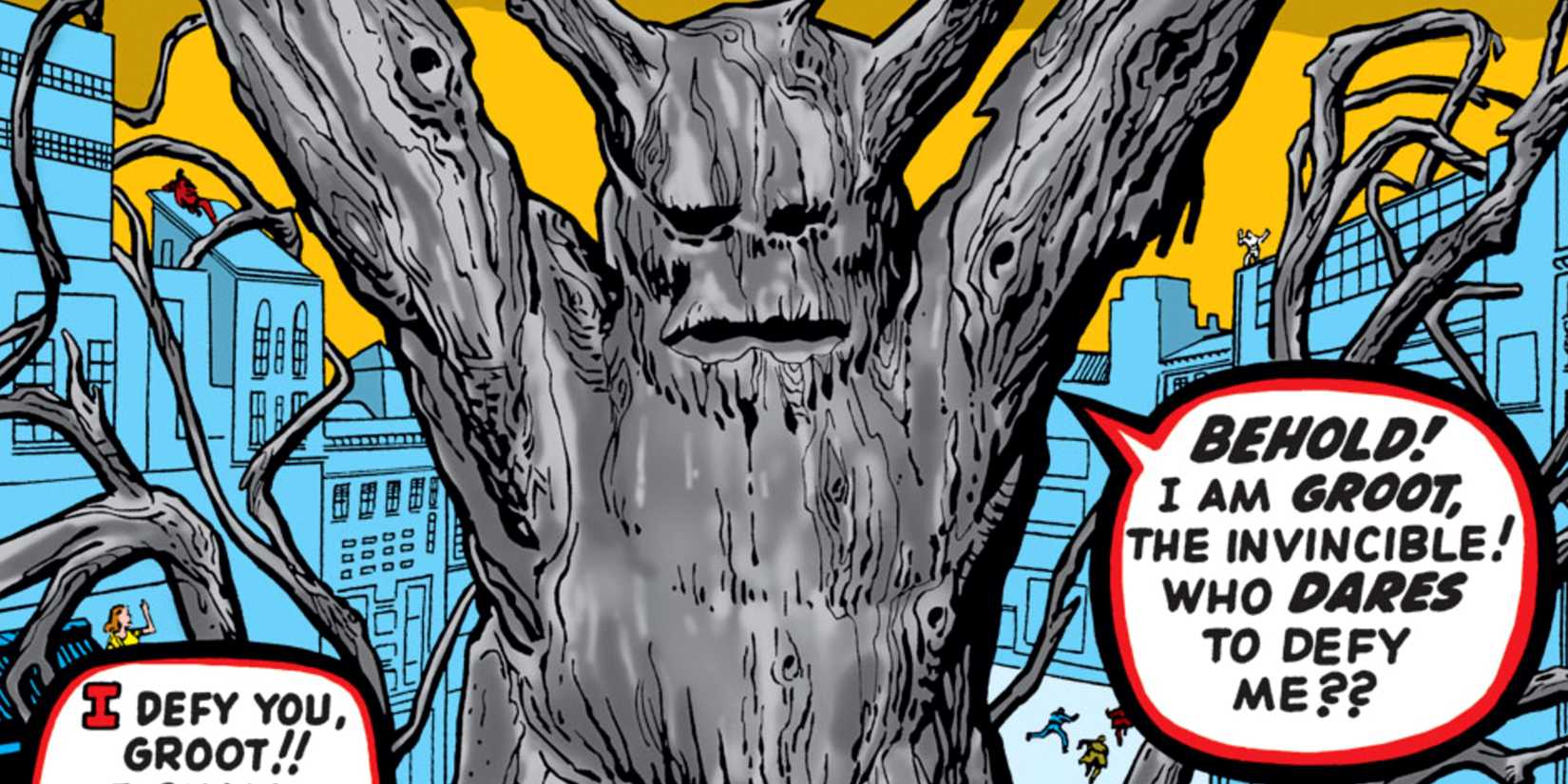
Groot makes his debut in Tales to Astonish #13
Groot made his debut in 1960’s Tales to Astonish #13 as a talking alien tree monster with plans to abduct humans for experimentation and invade Earth. Unlike the gentle giant fans know today, the original Groot was a fully articulate and malevolent invader in the tradition of 1950s sci-fi B-movies. Groot was quickly defeated and dismissed as a campy one-off villain before fading into obscurity for decades.
Years later, Groot was reimagined during Marvel’s cosmic renaissance as a misunderstood alien. His limited speech became his defining feature, matched by his selfless nature. Marvel Studios’ Guardians of the Galaxy movies cemented this version of Groot as a modern Marvel icon.
The Punisher
The Amazing Spider-Man #129 (1974)
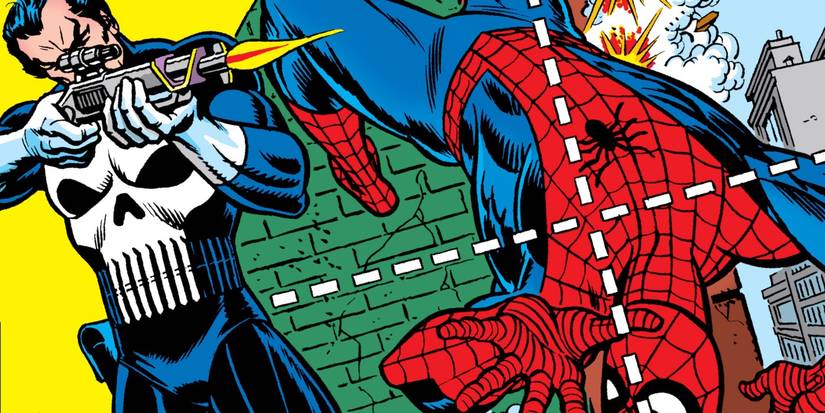
The Punisher shooting at Spider-Man with a sniper.
The Punisher made his first appearance in 1974’s The Amazing Spider-Man #129, where he was manipulated by the Jackal into targeting Spider-Man for assassination. Frank Castle could have easily remained a recurring Kraven-like villain in Spider-Man’s rogues’ gallery. However, Marvel set the Punisher apart from other trigger-happy characters as his universe’s quintessential anti-hero.
The Punisher’s war on crime placed him on the fringes of the superhero community, often clashing with Spider-Man, Daredevil, and even the X-Men over his violent methods. Still, Frank Castle’s crusade against criminals comes from a thirst for justice, so he’s consistently portrayed as an ally to the superhero community.
Angela
Spawn #9 (1993)
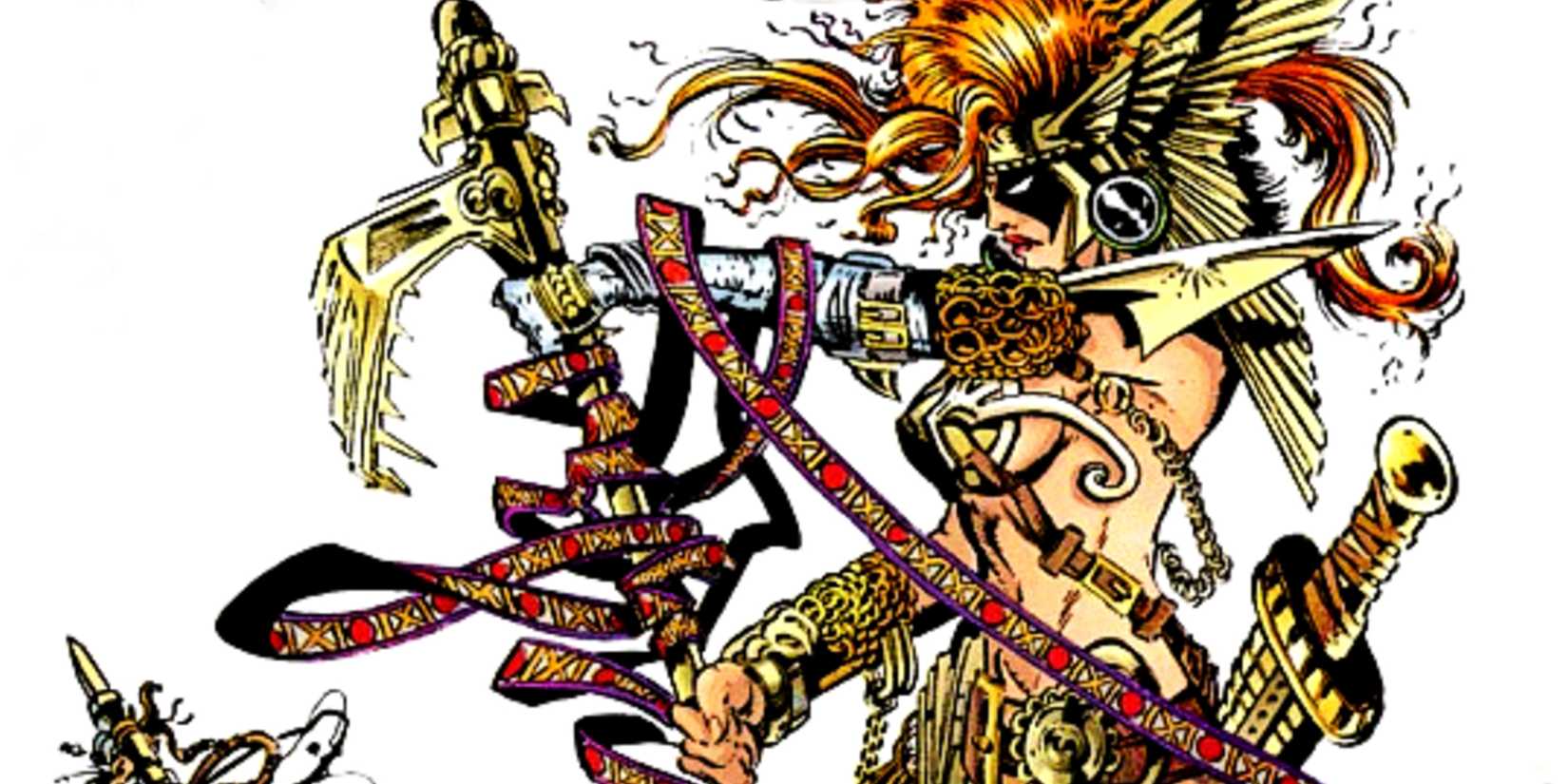
Angela makes her comic book debut in Spawn #9
Angela first appeared in 1993’s Spawn #9, created by Neil Gaiman and Todd McFarlane, as a warrior angel and occasional adversary of Spawn. Years later, a legal dispute over her ownership was settled, with Gaiman ultimately gaining control of the character. Gaiman later sold Angela’s rights to Marvel, opening the door for her to be integrated into Marvel continuity after two decades as an outside property.
In Marvel, Angela was introduced through 2013’s Age of Ultron and later fully incorporated in 2014’s Original Sin, where she was revealed as Aldrif Odinsdottir, the long-lost sister of Thor and Loki. This retcon also introduced the Tenth Realm, Heven, and established Angela as a cosmic hero rather than a supernatural hunter. Since then, Angela has fought alongside the Guardians of the Galaxy and Asgardians alike.
Wolverine
Incredible Hulk #180 (1974)
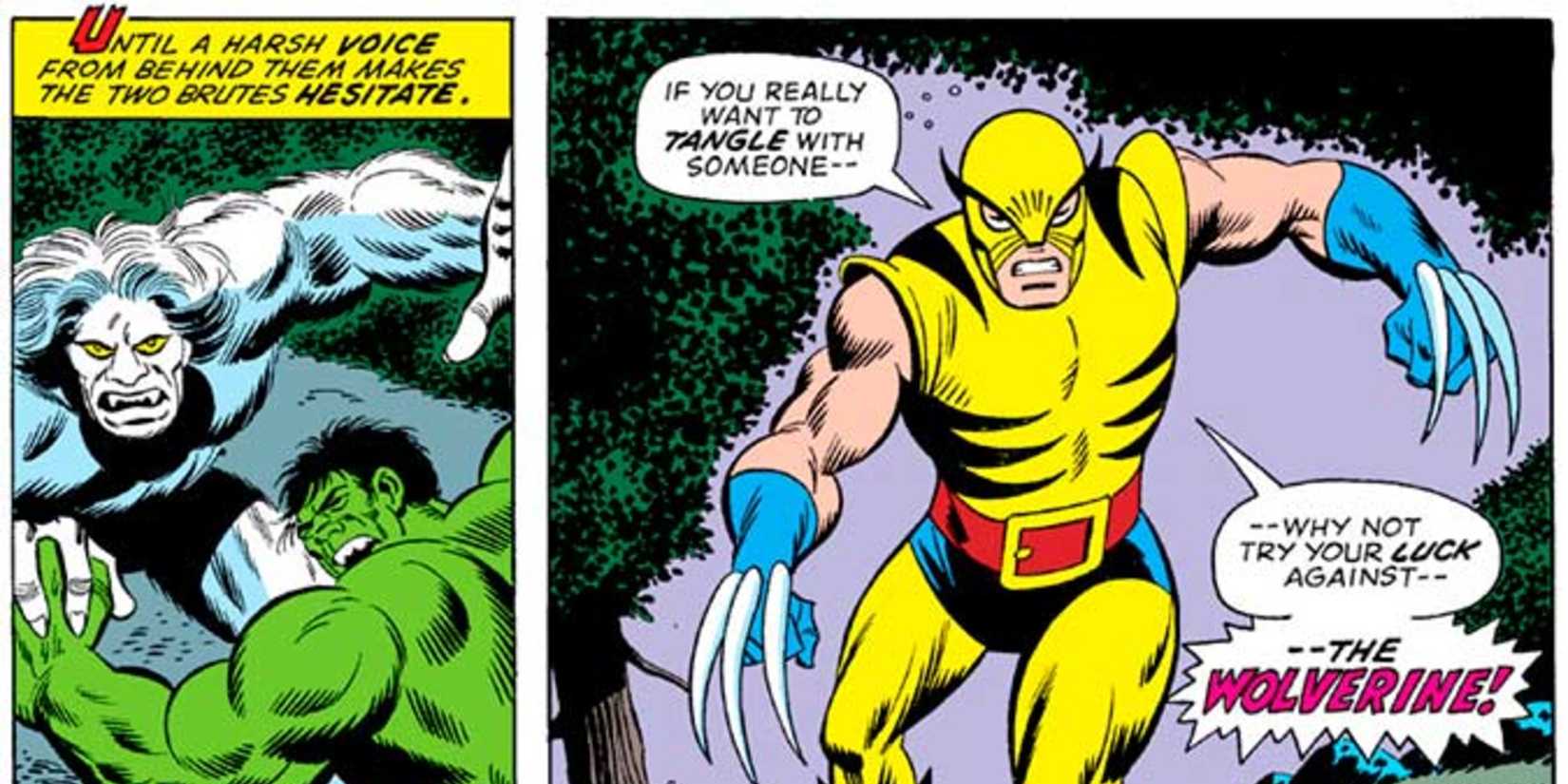
Wolverine makes his comic debut in The Incredible Hulk #180
Wolverine first appeared in 1974’s The Incredible Hulk #180 as a Canadian government operative sent to take down the Hulk. At that point, Wolverine wasn’t even established as a mutant, sported whiskers in his mask, and his claws were simply part of his gloves. Wolverine’s backstory was minimal, and his role as an antagonist was short-lived.
Just one year later, Wolverine was reinvented as part of the new international X-Men roster in 1975’s Giant-Size X-Men #1. This comic’s massive success launched Wolverine into the spotlight and set the stage for an expanded mutant backstory. Wolverine’s popularity quickly skyrocketed and became both a central X-Men figure and one of Marvel’s most popular heroes.
Rogue
Avengers Annual #10 (1981)
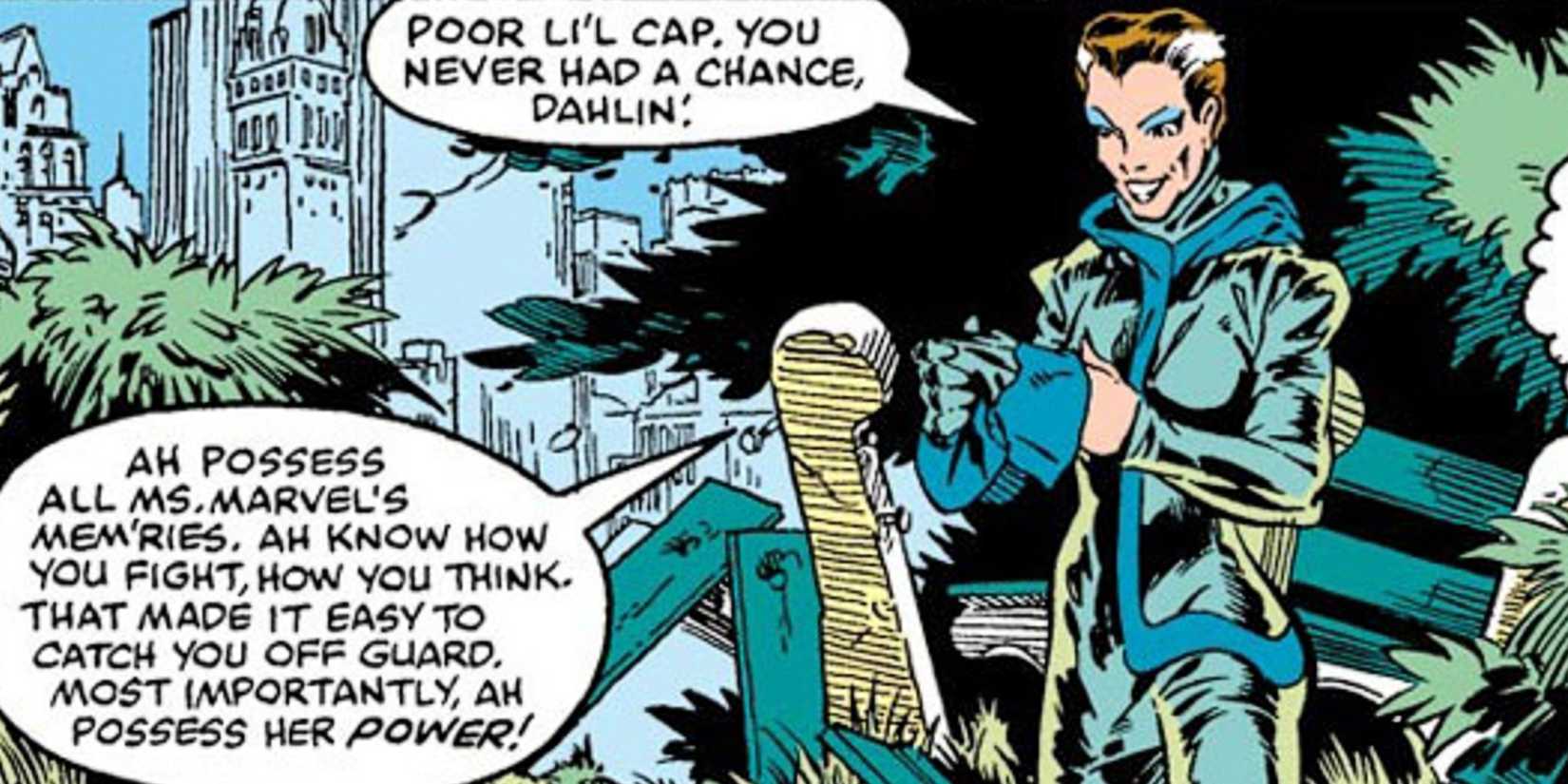
Rogue makes her comic debut in Avengers Annual #10
Rogue debuted in 1981’s Avengers Annual #10 as a full-fledged villain working under her adoptive mother, Mystique. Rogue instantly became a powerful threat to Rom the Spaceknight, the Avengers, and Dazzler. In these early stories, Rogue was committed to villainy and willing to destroy her enemies to further the Brotherhood of Mutants’ goals.
Rogue’s story took a dramatic turn when she sought redemption by joining the X-Men under Professor X’s guidance. Though she still carried the guilt of her villainous past and continued to wield Danvers’ stolen powers, Rogue proved herself a loyal and compassionate teammate. Rogue’s arc mirrors Gambit’s, both distancing themselves from their villainous mentors to embrace heroism.
Wonder Man
The Avengers #9 (1964)
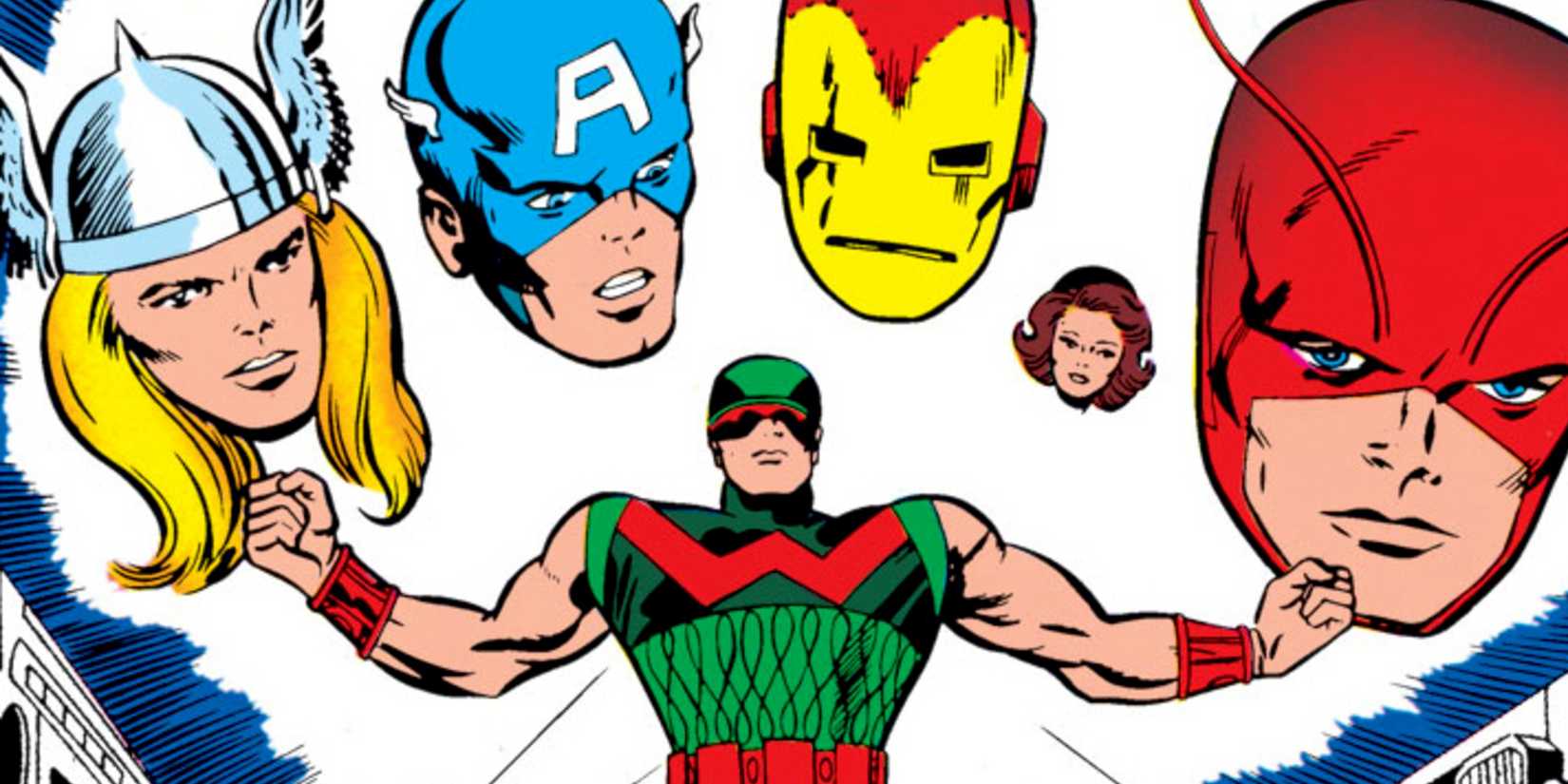
Wonder Man debuts in The Avengers #9
Wonder Man debuted in 1964’s Avengers #9 as a struggling businessman manipulated by Baron Zemo into taking part in a plot against the Avengers. Gifted ionic powers, Simon was ordered to infiltrate the Avengers and destroy them from within. Unfortunately, Simon Williams’ betrayal of Zemo resulted in his death, which also led to his brother’s villainous identity, the Grim Reaper.
Simon Williams was later resurrected by Hank Pym and the Avengers, officially becoming Wonder Man and joining their ranks as a full-fledged superhero. Though he has died and been resurrected multiple times, and fallen under the influence of villains again, Wonder Man has remained a hero at heart. Wonder Man’s powers and charisma have made him both a longtime Avenger and occasional Hollywood star.
Adam Warlock
Fantastic Four #66 (1967)
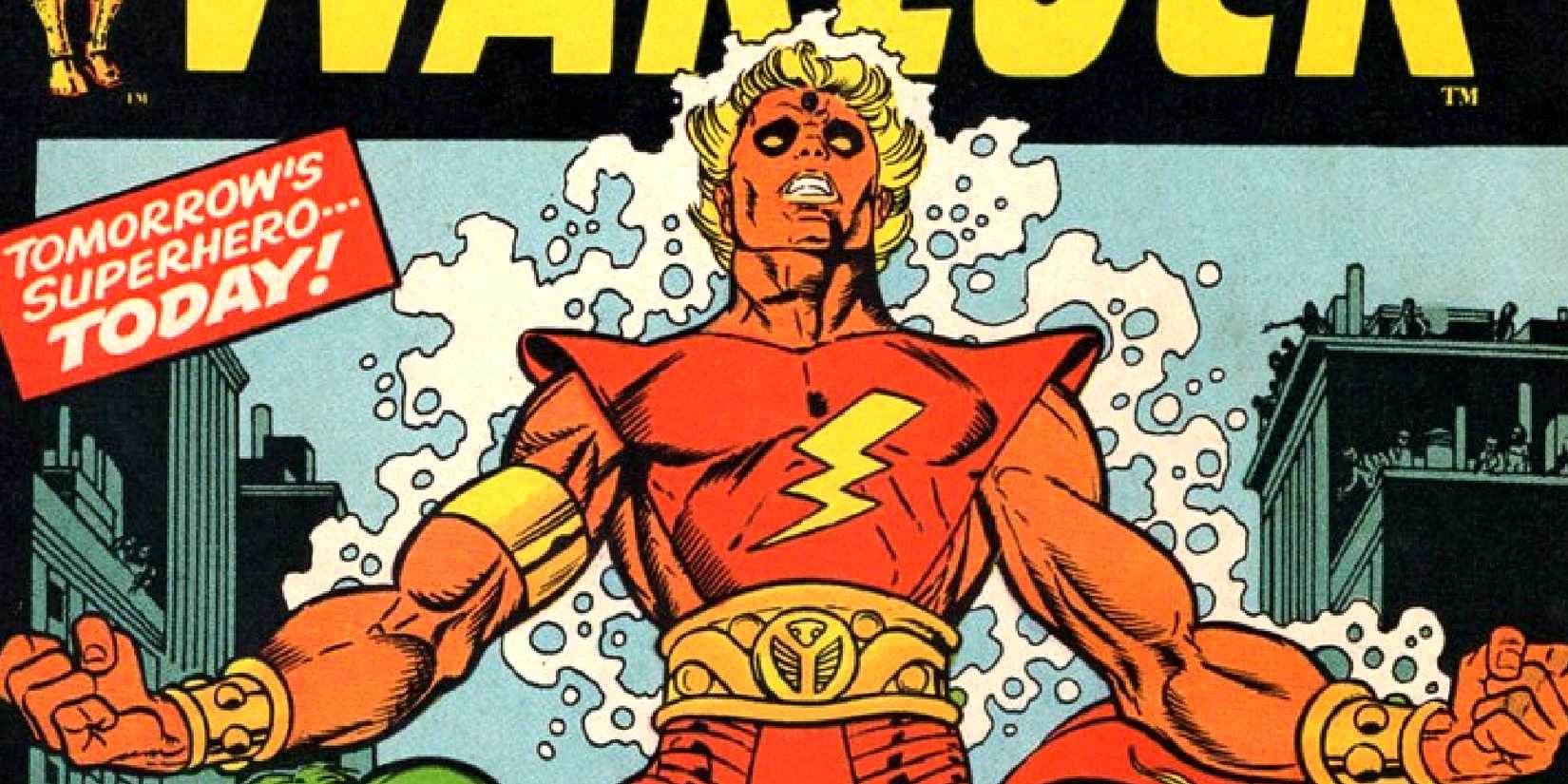
Adam Warlock debuts in Fantastic Four #67
Adam Warlock was first introduced as “Him” in 1967’s Fantastic Four #66, designed as the perfect artificial human who would one day replace homo sapiens. In his earliest appearances, Adam briefly battled the Fantastic Four and Thor with enough power to destroy them if he wished. However, Adam soon rebelled and made the first step in his journey toward heroism.
From there, Adam Warlock became a messianic figure, wielding the Soul Gem and fighting Thanos in The Infinity Gauntlet. Adam has struggled with his dark side, which is personified in his Magus alter ego. However, Adam’s constant fight to keep Magus at bay only underlines his innate heroism. The MCU adapted Adam Warlock’s redemption closely in Guardians of the Galaxy Vol. 3, where Adam joined the Guardians after his attempt to kill them.
Quicksilver
Uncanny X-Men #4 (1964)
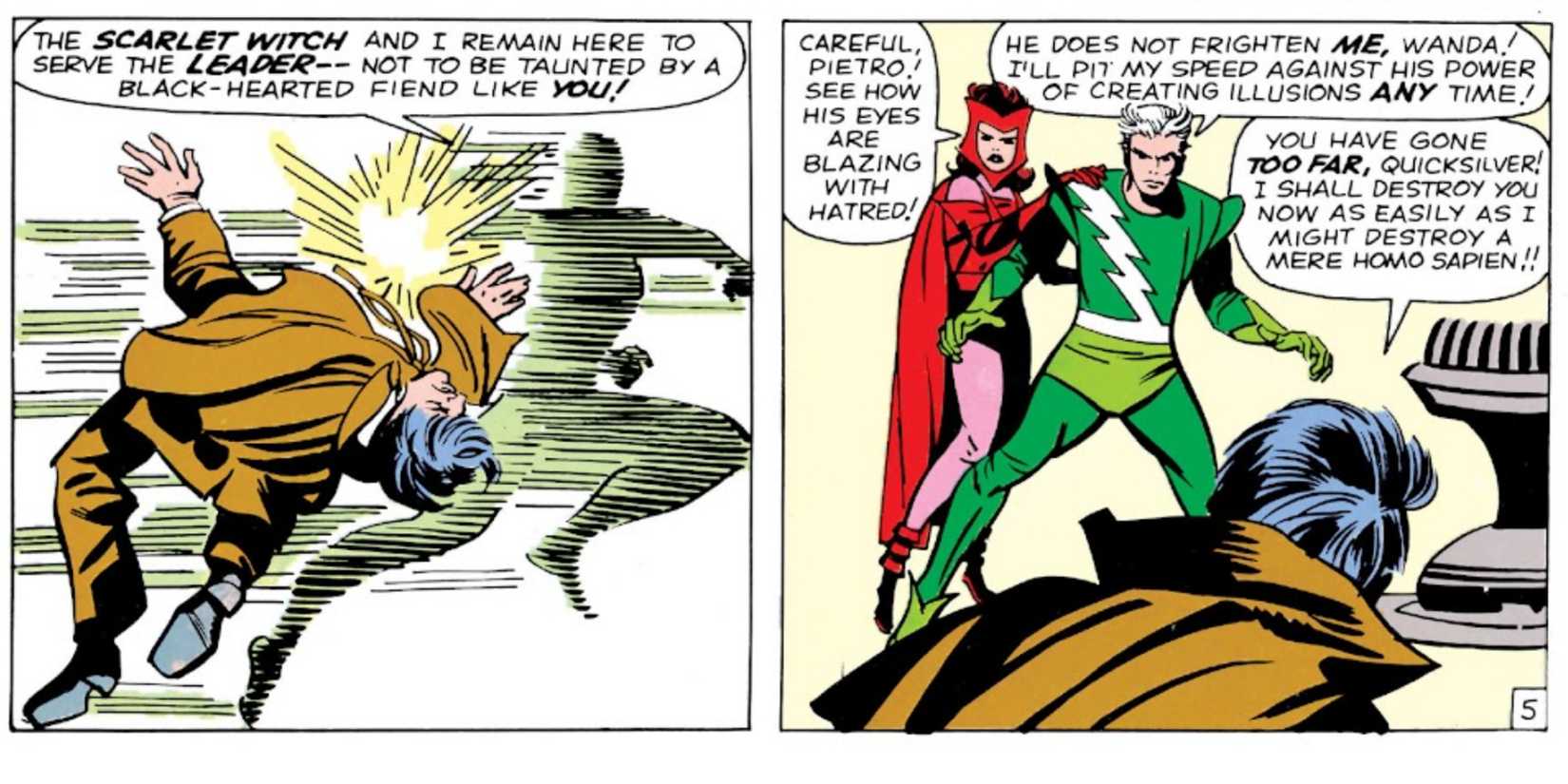
Quicksilver defends Scarlet Witch in their comic debut in Uncanny X-Men #4
Quicksilver first appeared in 1964’s X-Men #4 as a member of Magneto’s original Brotherhood of Evil Mutants. At first, Pietro Maximoff followed Magneto’s orders out of loyalty and fear rather than genuine conviction. Later retcons deepened Quicksilver’s ties to Magneto by making him the villain’s son. Despite this, Quicksilver’s villainous phase was relatively short compared to other mutants, as he often questioned Magneto’s ruthlessness.
Quicksilver’s redemption came when he defected from the Brotherhood and joined the Avengers. Over the decades, Quicksilver has become an Avenger, an X-Man, an Inhuman ally, and a solo hero. Pietro has occasionally slipped back into antagonism, most notably by creating the events of House of M, but Quicksilver has remained a hero for the most part.
Scarlet Witch
Uncanny X-Men #4 (1964)
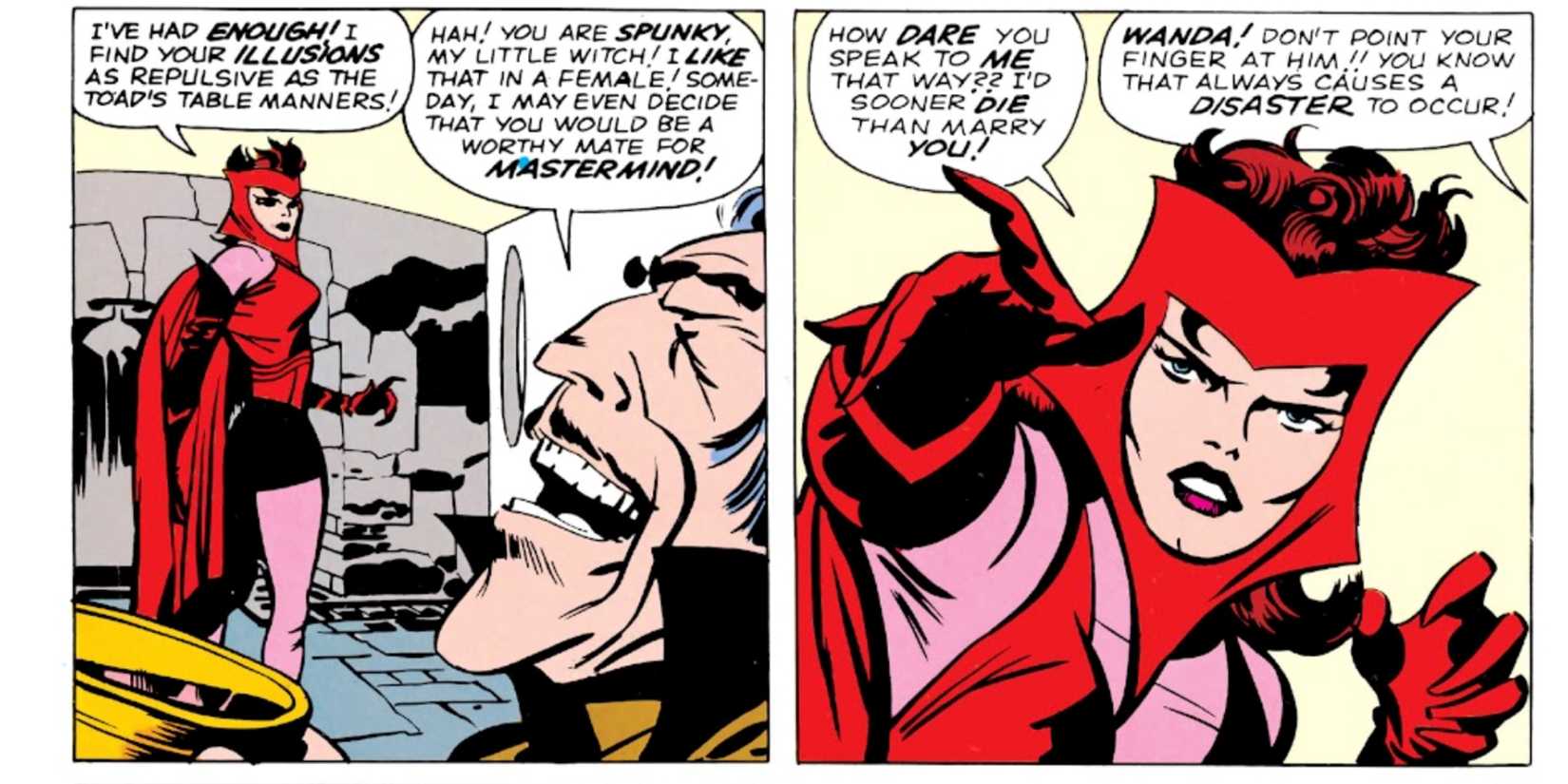
Scarlet Witch makes her comic debut in Uncanny X-Men #4
Scarlet Witch debuted alongside Quicksilver as one of Magneto’s reluctant followers in the Brotherhood of Evil Mutants. Though Wanda was never truly malicious, she initially fought against the X-Men out of obligation to her team. Like Pietro, Wanda didn’t stay in Magneto’s service for long, but her beginnings firmly tied her to Marvel’s villain gallery before her gradual redemption.
Wanda Maximoff’s journey has been far more tumultuous than Quicksilver’s, as Scarlet Witch has had multiple villainous turns, most infamously during Avengers Disassembled and House of M. Despite these dark chapters, Scarlet Witch continues to strive for redemption. Throughout the years, she has used her limitless power to save the world with the Avengers.

